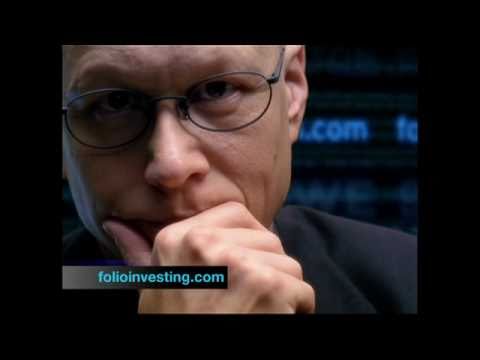MarketMuse update courtesy of ETF.com’s Cinthia Murphy
Steven Wallman was a commissioner with the SEC in the mid-1990s. An authority on securities markets and trading, today he leads an ETF-centered online brokerage, Folio Investing. Wallman is also keen on seeing the SEC start using a thoughtful “holistic” method to evaluate the worthiness of new ETFs as opposed to a more case-by-case approach.
That could have far-reaching effects on the availability of innovative nontransparent actively managed wrappers, Wallman told ETF.com in a recent interview. He held up Eaton Vance and Precidian’s different experiences at SEC in the past few years as each pursues distinct nontransparent active ETFs as examples of a need for a new approach.
ETF.com: Both Eaton Vance and Precidian are looking to launch nontransparent exchange-traded products. They are different structures, but why do you think the SEC approved one and not the other? Is it all centered on their tradability?
Steven Wallman: The Eaton Vance one that has been approved, from what I’ve read, allows people to sort of bid off of the indicated NAV that will be changing on a 15-minute basis during the day. And then you would be bidding a basis point up or down off of that, depending on what you think the market and the securities are doing.
It does have an intraday element to it. Precidian’s was designed more as sort of the equivalent of a nontransparent but actively managed ETF that would allow for intraday trading. But the question is, allow it for what, on what basis? How do you make a decision?
What is the SEC is trying to protect against? What is it that it’s trying to permit? And what actually makes the most sense for it to be able to do? The lack of a holistic, clear outline with a proposal for how they would be addressing this is what seems to me to be missing. And in part, that’s why it’s taken so many years for this to develop and for ETFs, on the active side, to come to market.
It’s a little bit strange how the commission has addressed some of this. Its approach to these new products has been sort of piecemeal without the benefit of an overall theory guiding it.
ETF.com: Has this lack of a consistent approach been a big barrier to entry for active ETFs?
Wallman: It’s clearly been a significant barrier for active ETFs at the moment, and that is evidenced by the fact that there are several that have been attempted for many years and there still are very few of them.
With passive vehicles, that has been run to the ground a little bit more easily. By now, we have a more certain template and model for what would work at this point than for active.
On the other hand, remember that it took passive years to be able to come to market as well. At the beginning, there was no good mechanism that allowed it to slot in. You just had a framework that basically said, “Unless you fit into this one very particular kind of framework, nothing else is permitted unless the SEC provides a waiver.”
We’re in this sort of one-by-one-by-one analysis for all of these, and I think now—and it probably should have done so quite a while ago—the SEC ought to shift to a much more holistic view of what is the whole issue here and how do we resolve it, as opposed to, “This one looks OK; that one doesn’t look OK,” even if it’s hard for people to tell the difference.
ETF.com: Are these nontransparent structures more focused on issuer survival than on investor well-being, and maybe that is what the SEC is concerned about here? Are they just a result of mutual fund companies trying to find a spot in the ETF world?
Wallman: I don’t think so. A lot of the ETF providers at this point are mutual fund companies. Vanguard, for example, has a huge array of ETFs, and they’re certainly a well-known mutual fund company. You also have a number of providers of ETFs that are not mutual fund companies.
The proliferation of ETFs and the rise of them as a good vehicle for certain cohorts of investors to utilize is a good thing for the market. It is a new innovation—or it was a new innovation 25 years ago. It’s an increasingly used innovation.
The fact that there are providers of mutual funds who also want to come up with new vehicles is a good thing. So I don’t think any of this is about survival of the mutual fund industry.
For the complete interview from ETF.com, click here.

